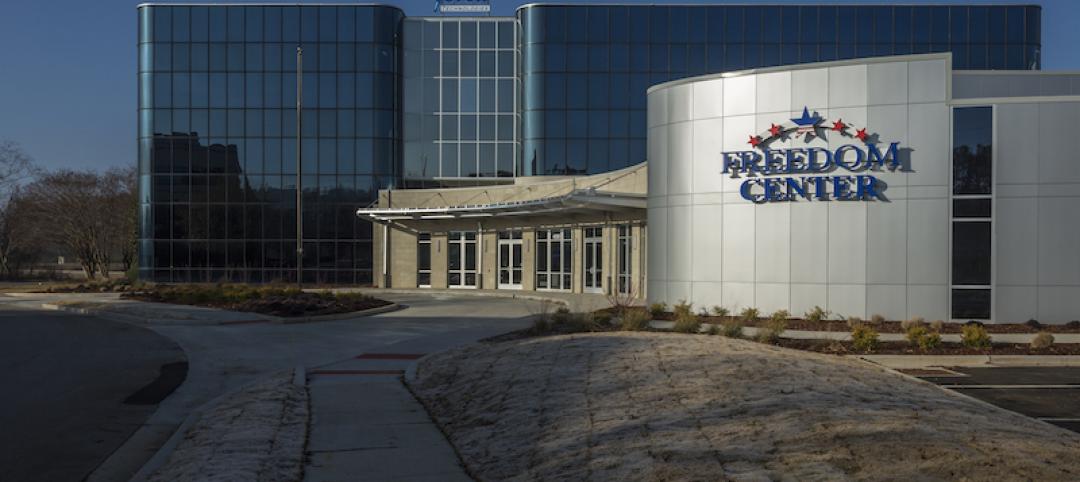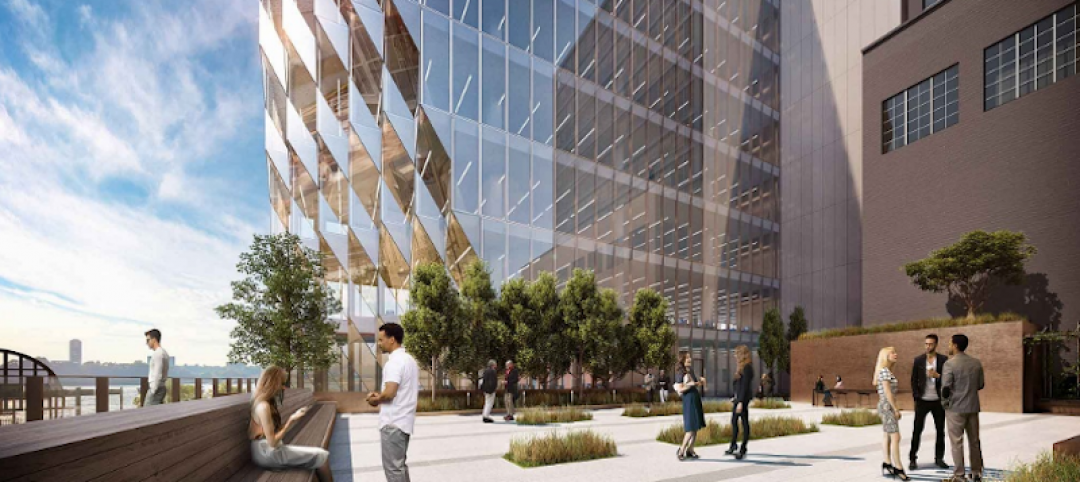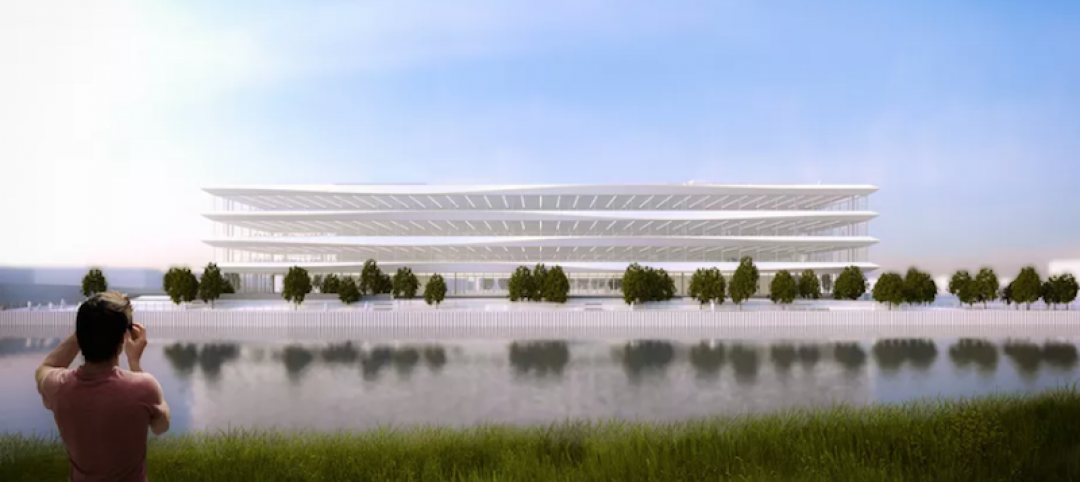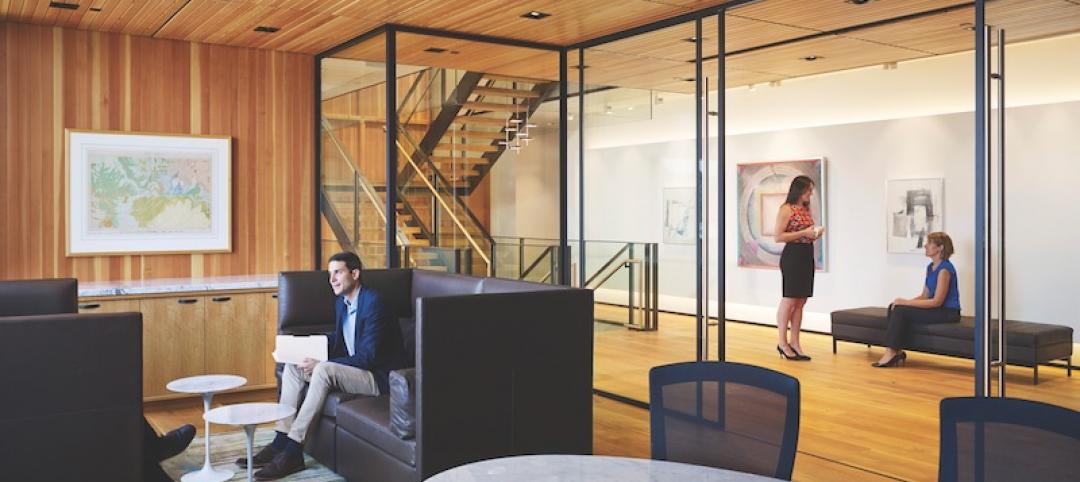A new research report explores the past, present, and future of the workplace and reveals how organizations are using new strategies to improve the productivity and success of employees.
The International Facility Management Association (IFMA) released Distributed Work Revisited: Research Report #37, which is a follow-up to its 2009 Distributed Work report. Workplace strategy and design experts HOK helped IFMA develop and analyze the survey, collect the case studies and write the report.
IFMA members from 538 different organizations worldwide—83% were from the U.S. and Canada—completed an online questionnaire about their on- and off-site workplace accommodations, operational needs, technologies, specific facilities, change management processes and measurements for success. The area occupied by participating organizations ranges from 50,000 to more than 1 million sf. Distributed Work Revisited summarizes the complete survey results and provides a detailed analysis of the findings.
The report features case studies describing innovative distributed work programs across different stages of maturity in eight organizations: Microsoft, GSK, eBay, Credit Suisse, the U.S. General Services Administration, Accenture, Rockwell Collins and the City of Calgary. Results of the study reveal some surprising details about today’s workplace. Highlights include:
• Distributed work is still a relatively new concept. Sixty-one percent of facility professionals responding to this survey reported using unassigned workspaces in their facilities. Only 18% of survey participants have had a distributed work program in place for more than 10 years and 37% for more than five years.
• One hundred percent of survey respondents who reported implementing unassigned on-site distributed work options cited work-life balance as being a “very important” reason for doing so. Other factors listed as “very important” were to accommodate changes in the organization’s size (64%), leverage new technology (62%), increased productivity (60%), align with organizational goals (59%), cost savings (57%), improved flexibility (56%) and benefits for employees (55%).
• Employee benefits are the major drivers for off-premise solutions, enabling organizations to improve flexibility and support work-life balance.
• Respondents reported that distributed work strategies appeal most to Generation X (aged 35-48) employees, possibly because they work more independently than other groups and are more likely to have family commitments that require flexibility in how and where they work.
• The most popular on-site distributed work settings among respondents are spaces that promote collaboration and innovation, including war/project rooms (72%), huddle rooms (70%) and open lounge/soft seating areas (67%).
• More organizations are providing incentives to employees adopting distributed work. Thirty-three percent of respondents reported that when they adopted a distributed work policy, they provided an incentive—typically technology such as a laptop or mobile device—to employees. This is up from 18% in 2009.
• More organizations are measuring the results of their distributed work programs. Almost one-third of the organizations engage their workforces in testing and carrying out distributed work settings. This is up from 19% in 2009.
• Despite the expressed importance of employee engagement and satisfaction in achieving successful distributed work programs stated in the interviews, only 45% of the respondents mentioned use of change management processes.
The complete version of Distributed Work Revisited: Research Report #37 is available for sale on IFMA’s website. Funds raised support ongoing and future research.
Related Stories
Office Buildings | Mar 2, 2017
Office renovation and addition give new life to a section of Huntsville, Ala.
The newly opened Freedom Center, near Redstone Arsenal, includes a 10,000-sf conference center.
Office Buildings | Feb 24, 2017
The sun’s rays helped shape this Studio Gang-designed NYC tower
Solar Carve Tower advances Studio Gang’s ‘solar carving’ design strategy.
Office Buildings | Feb 16, 2017
Bjarke Ingels Group wins competition to design S.Pellegrino Flagship Factory
The factory will immerse employees and visitors in nature from all sides.
Industry Research | Feb 15, 2017
Putting workers first should be every employer’s priority
The latest Sodexo report on workplace trends explores 10 factors that are impacting the global work environment.
Office Buildings | Feb 8, 2017
London office building employs transitional forms to mediate between the varied heights of surrounding buildings
Friars Bridge Court will provide a transition between the unvarying height of the buildings to the south and the more varied heights of the northern buildings.
Office Buildings | Feb 7, 2017
SOM-designed HQ will provide new riverfront space for C.H. Robinson
Over 1,000 employees will work in the HQ building when completed.
Office Buildings | Feb 6, 2017
The see-through office: Why interior glass is all the rage in workplace design
The hottest material in workplace design—interior glass—opens offices to light and collaboration. But what about privacy and acoustics?
Office Buildings | Feb 3, 2017
Zurich defies center-core office archetype with stacked, cantilevered HQ
The top bar is 500 feet long, spans 180 feet between the bottom two bars, and cantilevers out 60 feet to the east.
Office Buildings | Feb 2, 2017
3 tips for designing workplaces that support culture, brand, and community
An authentic culture cannot be forced, but can be encouraged and supported.
Office Buildings | Dec 14, 2016
The importance of 'Place' in the workplace
More, and more, companies are emphasizing the importance of creating a meaningful sense of place in the office environment for all of their employees, writes Gensler's Kevin Rosenstein.

















